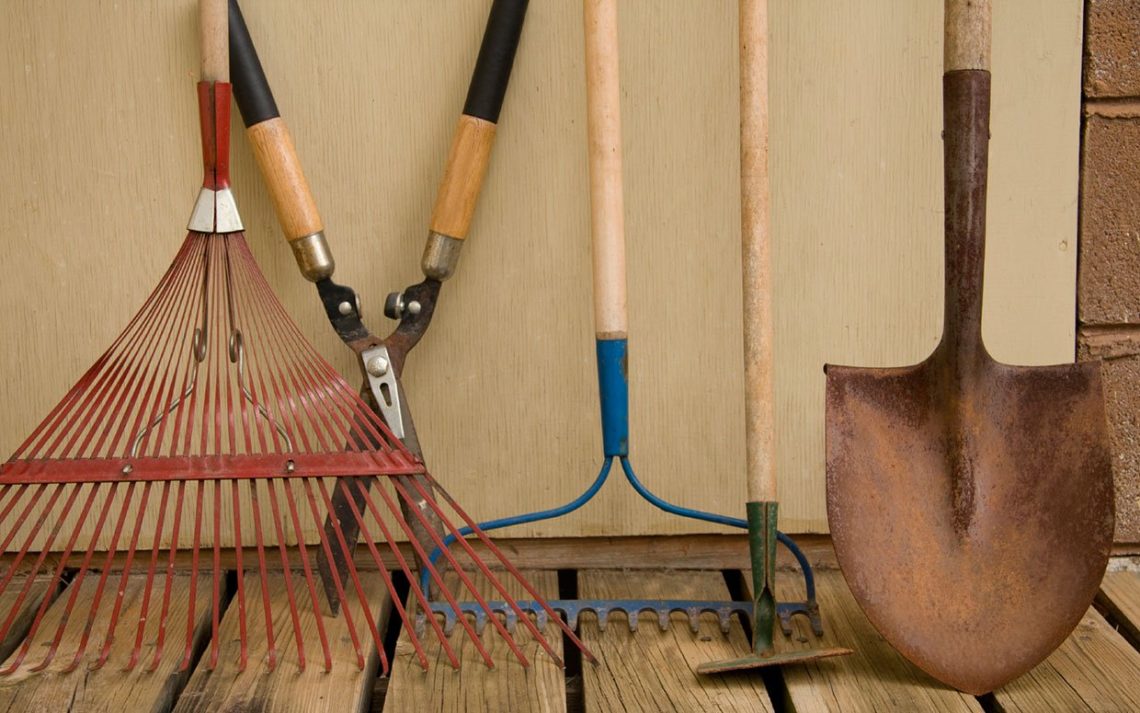Like a master chef or a skilled mechanic, gardeners require high-quality tools to work their magic in the landscape. Sturdy, well-designed tools, like shovels, rakes, trowels and pruners, allow you to garden efficiently and comfortably.
“When working in the garden or around the yard, having the right tool for the job is critical,” says Rick Meinzer, founder of RedHed Tools, which are modular and can be configured for the task at hand. The owner of Platinum Landscape, Meinzer became frustrated over the years with the fact that many garden tools soon fall apart from the rigors of yard work, so he created his tool line guaranteed to last a lifetime.
“You want to rely on your garden tools as trusted friends that stand up to use. Tools that are appropriate for the task and built well are an essential element for any gardener,” says Meinzer, who shares his tips for having the best garden tool experience possible.
Choose quality. Poorly built, inferior tools deteriorate. It’s aggravating to be in the middle of double digging your garden and have the shovel break or become loose. Look for metal tools that have been forged, and check that any screws are tight and secure.

Use correctly. “Understand the purpose of the tool and use accordingly,” says Meinzer. “Don’t use a shovel as a pry bar to remove large rocks or tree stumps. You are going to break it no matter how well it is built.”
Using tools as they’re designed also protects you physically. “Leverage the power of the tool and protect your back,” advises Meinzer. “When digging a trench, for instance, stand above the trench and bend over and dig. To lift out the dirt, put one foot down in the trench and the other foot on top and use your legs to lift and move the dirt. Hand placement is also important. Place one hand down low by the tool head when lifting dirt or heavy loads with a shovel, which gives you leverage. Then use your legs to lift up and move the dirt. When raking, move one hand down lower on the handle to get more leverage and create more force.”
Compile a complete tool chest. Being able to use the correct tool requires that you have a variety from which to choose. A versatile garden tool chest includes a shovel, spade, rake, pitchfork, hoe, pick, trowel, weeder, lopper, pole pruner, shears and scissors.
Maintain. Proper maintenance is the key to tools that work well and stand the test of time. “The most important thing you can do is to clean them after use,” says Meinzer. “A simple wash with water is all you need to do. Also dry them—otherwise non-powder coated tool heads and many wooden handles will deteriorate more quickly.” Further protect your tools by storing them away from sun and moisture, and always put them in the same location every time so you can find them when you need them.
Keep them sharp. Many gardening tools—hoes, scissors, pruners, shovels, shears—need sharpening periodically. Wipe blades down with a metal lubricant/protectant and then use a 10-inch flat mill file to sharpen. File at a 20 to 25 degree angle, following the original bevel. To create a fine edge, finish the job with a whetstone.

